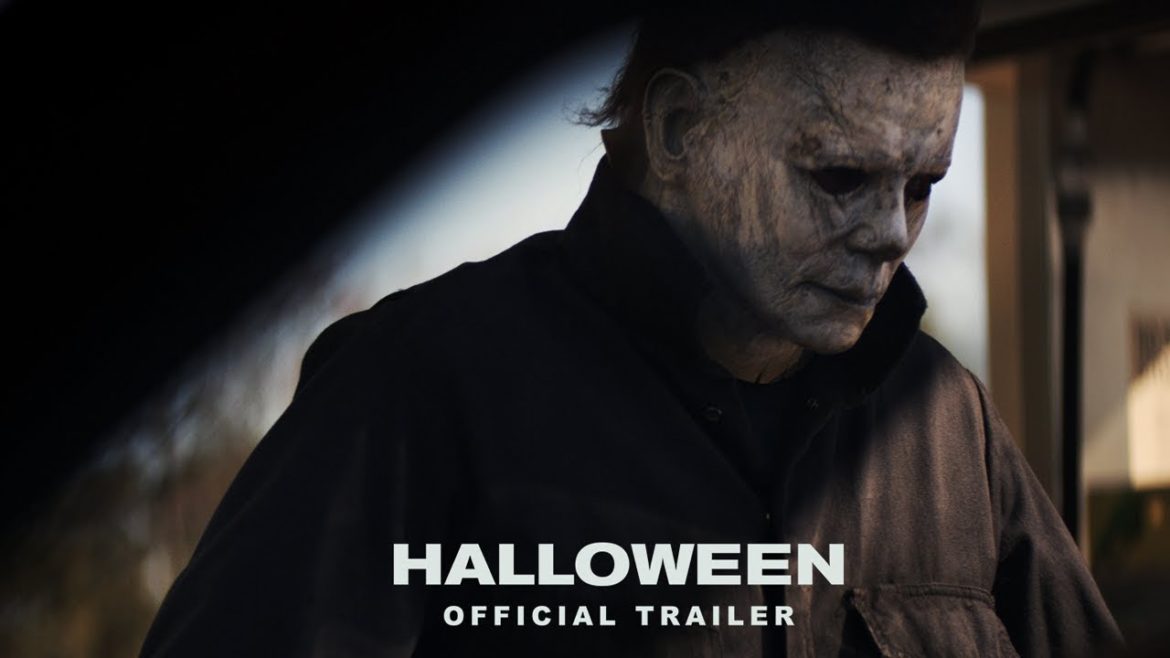TL;DR
The 2018 *Halloween* film acts as a direct sequel to the 1978 original, disregarding all prior sequels to focus on Laurie Strode’s four-decade-long preparation for Michael Myers' return. Directed by David Gordon Green and featuring a compelling performance from Jamie Lee Curtis, the movie excels at building dread and atmosphere, reminiscent of the first film. It offers a fresh take on Laurie Strode, now a traumatized survivor, and a grounded portrayal of her family. While some character decisions and the perceived overreaction to Myers’ threat are minor quibbles, the film's suspense, classic score, and exceptional UHD presentation make it a strong and worthwhile continuation of the iconic franchise. Dive into the full review to see if this *Halloween* is a trick or a treat!
On August 6, 1979, Alla Helgons Blodiga Natt – the Swedish title for Halloween – premiered, nearly a year after its U.S. debut. Directed by John Carpenter, who also composed the score and co-wrote the screenplay with Debra Hill, the film launched Jamie Lee Curtis into stardom. Prior to her lead role in Halloween, Curtis was a relatively unknown actress, despite being the daughter of famed actors Tony Curtis and Janet Leigh, with only minor appearances in television series. Halloween achieved significant success, paving the way for numerous sequels. Halloween 2, released in 1981, continued the narrative on the same night as the original, followed by a succession of sequels with varying degrees of quality. The franchise underwent several reboots, with some sequels being disregarded entirely. The character Laurie Strode, for example, has ostensibly died at least twice within the series’ convoluted timeline. In 2007, Rob Zombie’s reboot offered a distinct departure from the original films, featuring a new cast and reimagined storyline. A sequel to Zombie’s film was released two years later. To streamline the narrative amidst the numerous branches and reboots, the screenwriters of the 2018 Halloween chose to disregard all prior sequels, positioning the film as a direct continuation of the events in Haddonfield 40 years later.
For four decades, Laurie Strode (Jamie Lee Curtis) has prepared for the inevitable return of Michael Myers. Confined to a mental institution, Myers has been under constant supervision. Strode, however, has rigorously trained her daughter Karen (Judy Greer) in self-defense, situational awareness, and preparedness. This intense upbringing has strained their relationship, particularly as Karen matured and became a mother to Allyson (Andi Matichak). Allyson seeks to reconnect with her grandmother, but a fraught family dinner underscores Laurie Strode’s fragile state, marked by decades of apprehension regarding Michael Myers’ escape. During a routine prison transfer, Myers successfully escapes custody and immediately targets the Strode family. However, this time, Laurie is prepared for his arrival.
Director David Gordon Green, previously known for comedies such as Your Highness and Pineapple Express, collaborates with writer Danny McBride, also recognized for his comedic roles. Initially, this pairing raised concerns about the film’s potential. However, Green’s direction in Halloween effectively establishes a palpable sense of dread surrounding Michael Myers, capturing the essence of the original film. Halloween adopts a measured pace, prioritizing suspense and atmosphere over contemporary horror conventions. A particularly brutal and gripping sequence occurs within a restroom setting. The musical score, composed by John Carpenter, along with his son and godson, incorporates the iconic theme, contributing significantly to the film’s overall tone and atmosphere.
Jamie Lee Curtis, now in her 60s, delivers a compelling performance in her reprisal of the role. This iteration of Laurie Strode presents a markedly different character, shaped by forty years of anticipating Myers’ return, rather than repeated confrontations. Curtis portrays a raw and vulnerable character, a departure from previous portrayals in the sequels. Judy Greer’s casting as the daughter is particularly astute, lending authenticity to the mother-daughter dynamic. Andi Matichak portrays the granddaughter, Allyson. While her prior work may not be widely known, Matichak’s performance is immediately convincing, and the interplay between the three principal actors feels grounded and realistic.
The UHD edition exhibits exceptional visual quality on the editorial team’s reference TV. The film’s predominantly dark settings benefit from the precise contrast between light and shadow, enhanced by effective HDR implementation and a high-quality master derived from the digital Arri Alexa camera (albeit upscaled from 3K). The deep blacks and refined edge lighting contribute to the visually striking presentation, making Myers’ iconic mask particularly menacing. The DTS:X soundtrack, a competitor to Dolby Atmos, stands out as one of the best object-based audio experiences of the year. Universal’s support for DTS:X in select titles is noteworthy; Gladiator is another example of a film utilizing this audio format.
While the film is largely compelling, some sequences present minor issues. Strode’s transformation into a Sarah Connor-esque figure, equipped with weapons and panic rooms to defend against Myers, implies a fear of an almost supernatural assailant. It’s important to recall that in the original film (SPOILER ALERT), Myers is shot multiple times at close range and falls from a balcony, only to disappear. This event served as a setup for sequels involving hospital chases and fiery encounters. However, as these events are now disregarded within the current narrative, Michael Myers is portrayed as a more “ordinary” psychopath who is shot, arrested, and imprisoned. The intensity of Strode’s fear towards this relatively ordinary individual feels disproportionate, perhaps influenced by events from the discarded sequels, resulting in a slight exaggeration. Furthermore, some character actions fall into the “why-are-you-doing-that-you-idiot” trope, with characters making questionable choices. While somewhat common in this genre, a specific character’s inexplicable decisions stand out as particularly illogical.
Halloween is not without its flaws, but as a sequel and continuation of the original narrative, it is a worthwhile viewing experience. The film’s numerous strengths, especially its impressive UHD presentation, outweigh its minor shortcomings.

